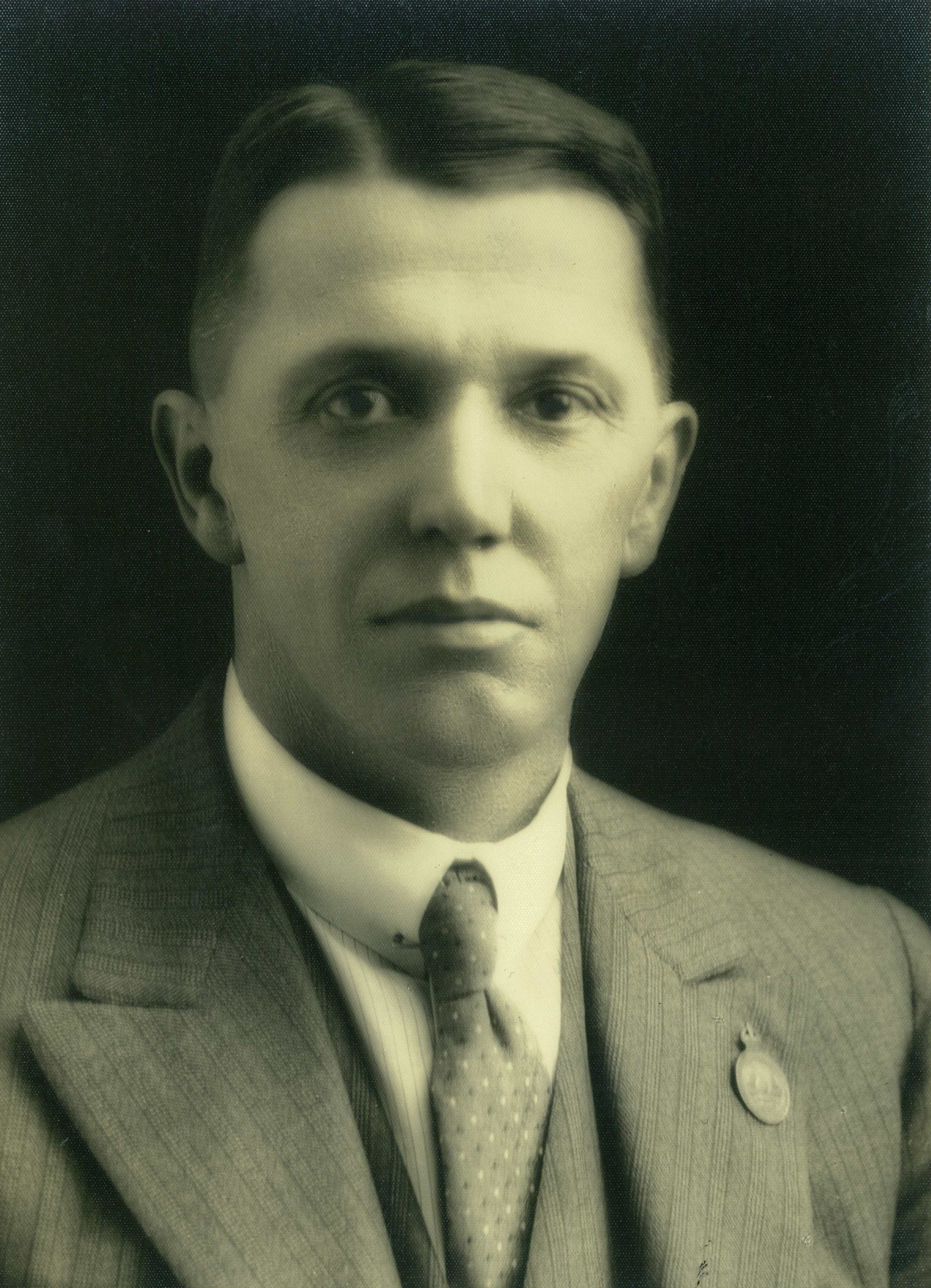Herbert Gordon Carter
TKS 1900 - 1901
ENGINEER

Herbert Carter, a boarder in School House, was awarded the Form VI Prize for Mathematics and the Burton C Scholarship in 1901. He graduated in 1908 from Sydney University with First Class Honours in Engineering and worked initially for the Railway Commissioner and then the Department of Public Works as an assistant engineer. Having attained the rank of Lieutenant in the Sydney University Scouts, Herbert was appointed to the 1st Battalion, AIF in September 1914, sailing for Gallipoli in October. He served throughout the Gallipoli Campaign, being promoted twice during 1915. In March 1916 he joined the 5th Pioneer Battalion and as Lieutenant Colonel he commanded the Battalion in France and Flanders until the end of the war. The Battalion built tramways in Fromelles, improved communications trenches and helped to establish the light railway system on the Somme. Three times mentioned in despatches, Herbert was awarded the Distinguished Service Order in 1918.
Having been appointed as supervising engineer in the Department of Public Works during his absence, he became chief electrical engineer in 1924 and five years later resigned to enter private practice. He was responsible for the design and construction of many large works in Australia, including the Burrinjuck dam project and the hydro-electric power station in the Bega Valley, and in Papua New Guinea. As a Council member of the Institution of Civil Engineers from 1924-1948 and its President in 1943, he was also a regular contributor to its Journal.
Herbert had numerous other business interests, as well as being a trustee of Lane Cove National Park and a Director of Royal North Shore Hospital. Actively involved in local government he was an alderman on the Ku-ring-Gai Municipal Council from 1935-1941, serving as Mayor from 1938-1939. He served as an alderman in Macquarie Ward of the Sydney Municipal Council from 1944-1950 and was a delegate to Cumberland County Council from 1946-1949.
Herbert, an accomplished pianist, often playing the organ for his church St Swithin’s Killara, was also a keen golfer. He died suddenly at Killara Golf Course in 1963, aged 78.
Photograph reproduced with permission from the Institution of Civil Engineers (NSW)